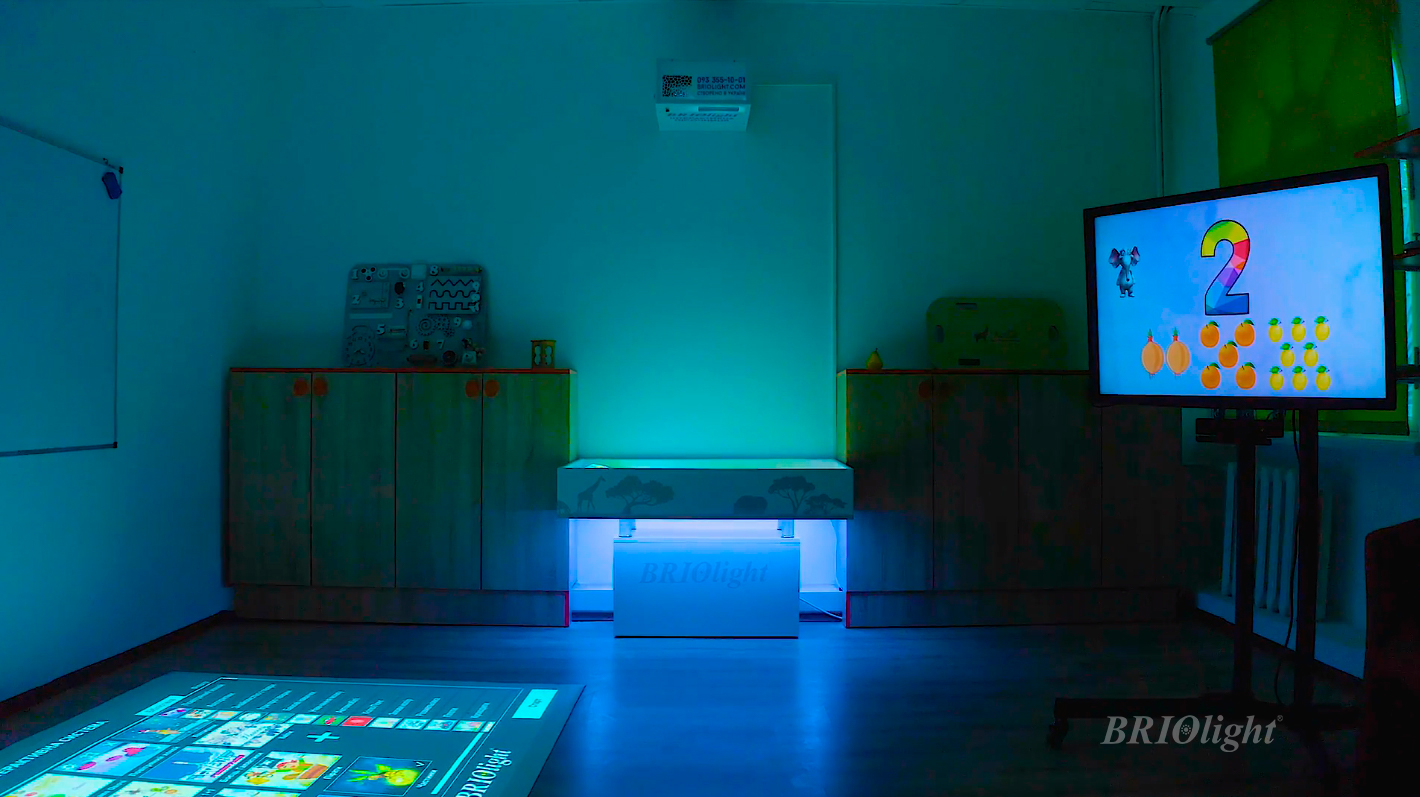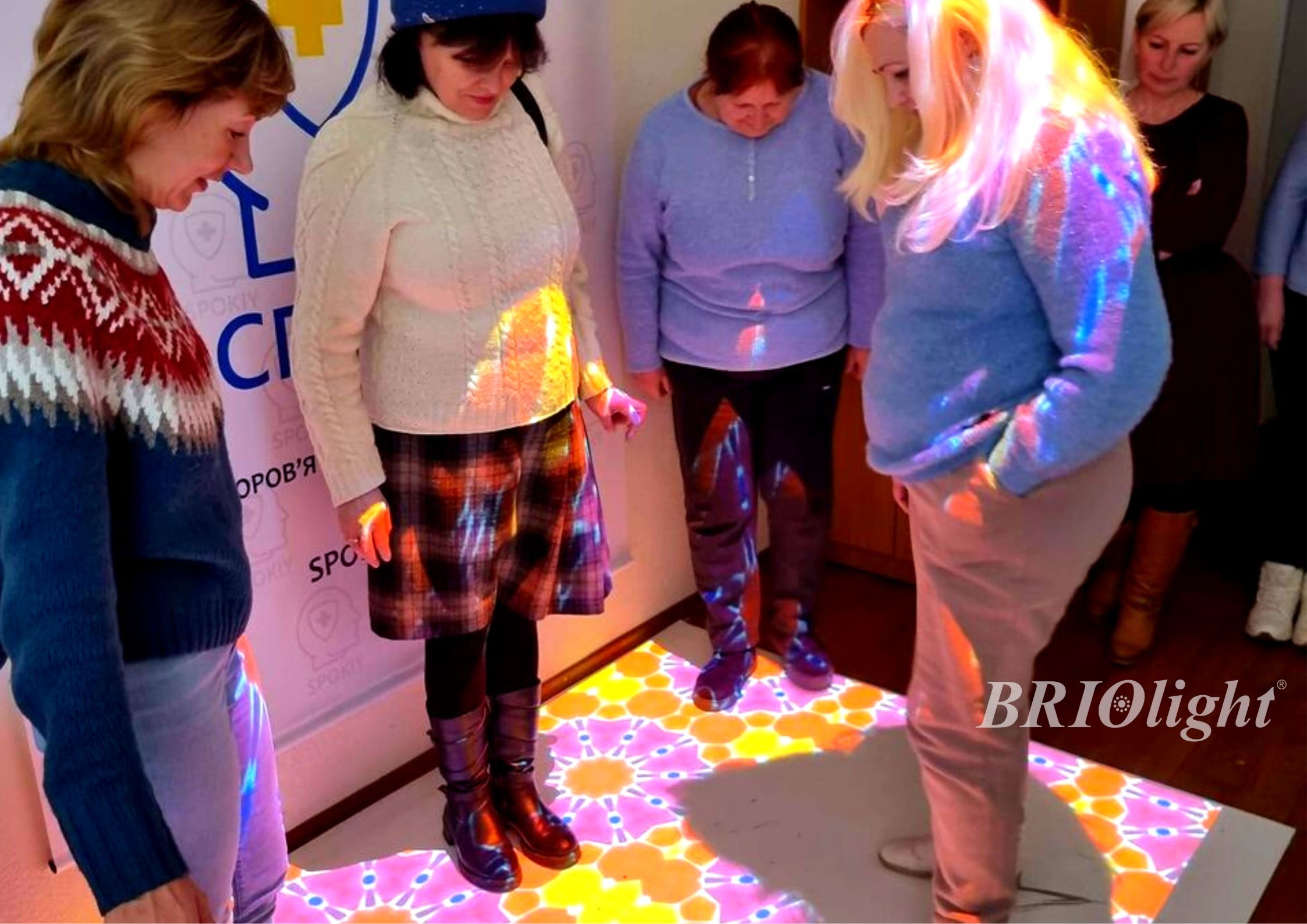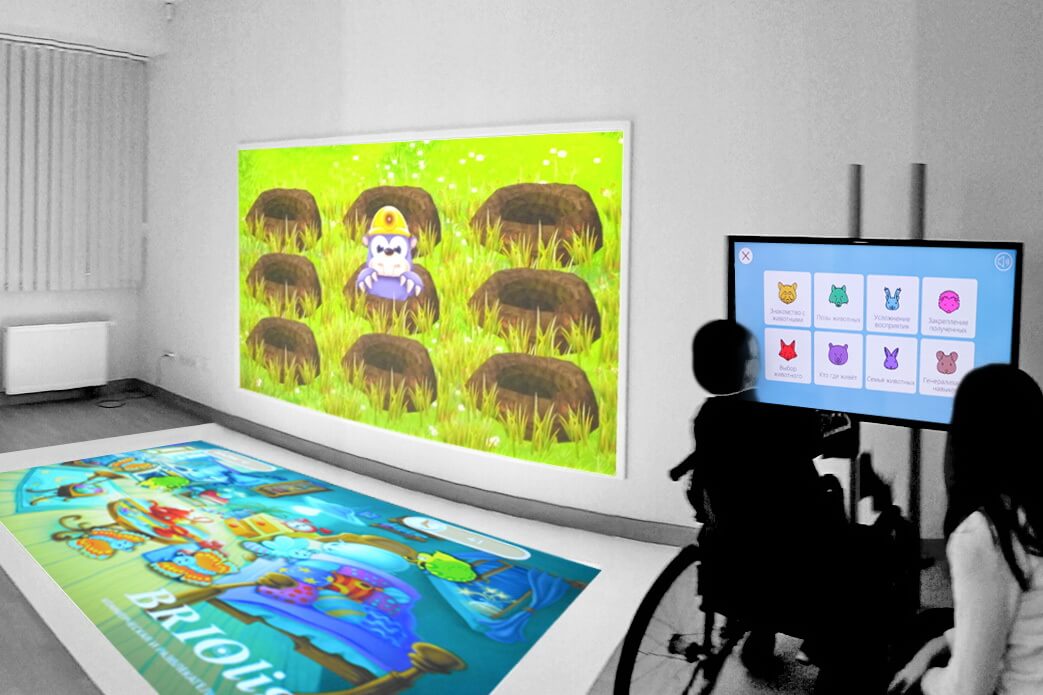Advantages and disadvantages interactive technologies in education

In pedagogical practice, “active methods and forms of teaching” have been used for a long time. But in recent years, another interesting term has become widespread – “interactive learning”, although it cannot be called new. Back in the 60s, the development of interactive methods can be found in the works of V.A. Sukhomlinsky.
The principles of interactive learning assume that students receive knowledge not only from the teacher, but also interacting with each other using additional materials and tools. This allows you to significantly improve the quality of education and make the process of acquiring knowledge meaningful.
The main feature and difference between interactive learning and ordinary learning is that new knowledge is not given ready-made, the student must obtain it on his own.
In this case, not only the result becomes significant, but also the course of reasoning, which forms critical thinking.
The main methods and techniques for implementing interactive learning include:
- brainstorming;
- projects with presentation;
- business games (role-playing, imitation, hole);
- use of information and communication technologies, playback of audio and video materials. These can be online tests, the use of training sites, special programs or interactive equipment designed for training.
All of the above is aimed at teaching children the ability to analyze, independently find and structure information, make reasoned decisions, and build logical chains.
Next, we will focus on interactive training, which is based on the use of interactive equipment.
Advantages of using interactive technologies in education
Ready lesson. Interactive equipment includes ready-made programs, effects, lessons, recommendations, so to build a lesson, the teacher will not waste time handing out cards, describing the course of the game or tasks, or setting it up for a long time. The equipment is completely ready for use when switched on.
Socialization and development of communication skills. Children learn to negotiate, behave in a team, express their opinion and argue for it. In addition, students try to avoid conflicts and communicate politely, find compromises. All these skills will be very useful for every child in the future.
Creative skills. Many educators argue that the introduction of interactive teaching methods contributes to the development of creative skills in children, as well as a special non-standard way of thinking.
Mental health. Such methods force children to independently accept learning, to be an active participant in this process, which avoids increased anxiety, excessive mental stress, and excessive fatigue.
Improving the quality of the material. Some interactive tools (Interactive Panel) allow you to use diagrams, graphics, images, presentations, audio and video fragments in the lessons, which is useful for effective assimilation of the studied topic.
Disadvantages of using interactive technologies in education
But with all the advantages, interactive methods have disadvantages that need to be considered:
Teacher skills. To work with modern equipment, you need to have the appropriate skills. The teacher should be able to work at a regular computer so that when working with interactive tools not to feel discomfort and to use its potential to the maximum.
Adaptation period. Most of the time, kids love interactive tools, but remember that everyone is different, and this will be more difficult for some children than others. Some students may feel internal discomfort for the first couple of days, as interactive learning breaks the usual stereotypes about the learning process.
Number of methods. If the teacher only uses one tool, there is a risk that students will find it more difficult to adapt to others. For this reason, it is recommended to combine several tools in the interactive learning process in order to show the child that there are many ways to develop and acquire knowledge.
Individual contraindications. Some children in inclusive classes may have individual contraindications to the use of certain effects of interactive equipment, which should be taken into account by the teacher. (For example, when working with children with epilepsy, it is recommended to avoid the effect of the interactive floor “Kaleidoscope”).
Interactive technology tools in education
The development of interactive technologies for schools has made great strides. We, as a Ukrainian manufacturer of electronic solutions for education and rehabilitation, have tested a lot since 2012 and settled on the most demanded and thought-out equipment for educational institutions. All our products have unique software that we have developed from scratch together with Ukrainian psychologists, defectologists and programmers. We include among such equipment:
Interactive panels and tables. These tools include a powerful computer and touchscreen display. Great for demonstrating material and visualizing individual audio and video fragments during a lesson.
Interactive floor. A tool for working with preschoolers or primary school children. The effects catalog covers almost most of the primary school curriculum.
Interactive sandbox. It is used not only for teaching Geography, History, Me and the World, but also for sand therapy in a psychologist’s office.
Sensory room. A specially equipped room that allows you to develop creativity, fine motor skills of the child’s hands and minimize hyperactivity. Significantly increase vitality and motivation for all types of activities.
Conclusions
Interactive technologies for education have already shown their positive and negative sides. As you can see, the positive effect of the use of such modern equipment is more significant than its disadvantages, most of which can be solved.
Interactive learning is an effective way of assimilating information, which is best used by combining different tools. And according to experts, such an innovative solution should form the basis of the current curriculum of many educational institutions. Without them, it will be more difficult to achieve high academic performance for children.














